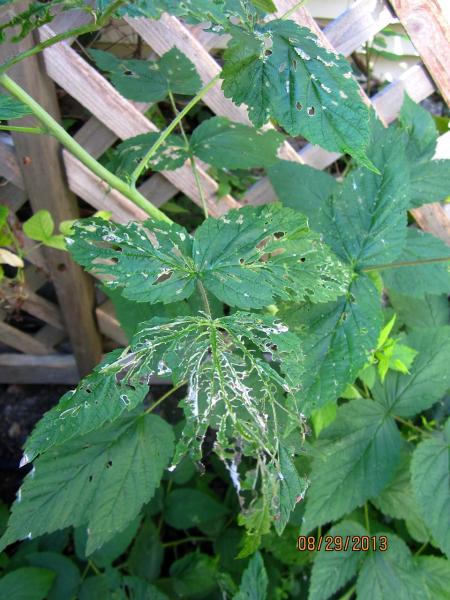Oster-Pinze - Austrian Easter Bread With A Blessing

Looking for a seasonal specialty for my customers at A&B Naturals, I came upon an Italian Christmas bread, Pinza, that, after crossing the border to Austria, switched holidays - and turned into Easter bread, Pinze.
After a solemn blessing in the church, this lovely Styrian Easter bread (often adorned by a red egg, and cut three times, to symbolize the Holy Trinity) is served with the meat on Easter Sunday.










 Beetle "Lace"
Beetle "Lace"
